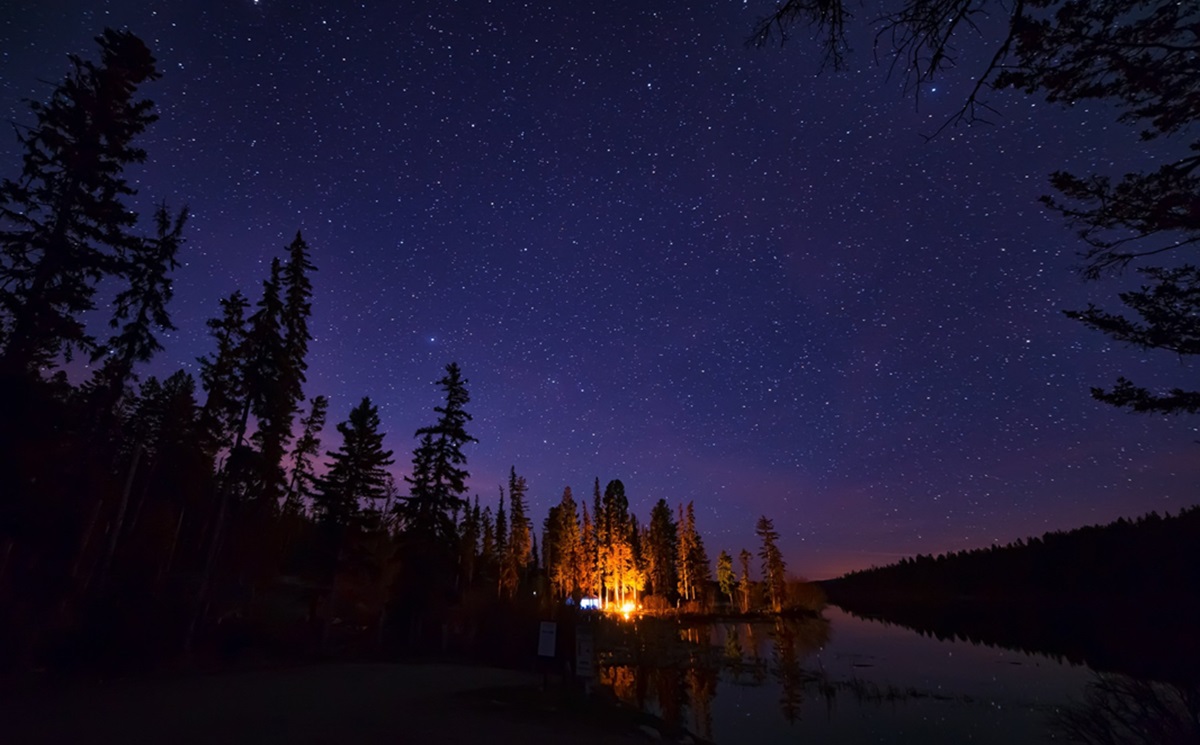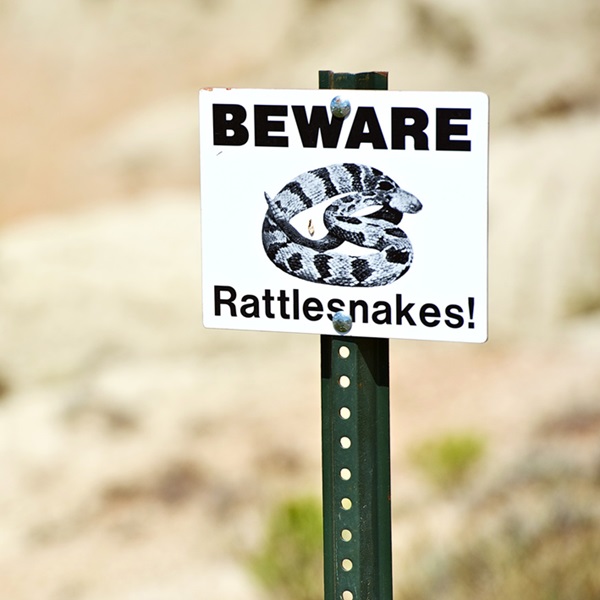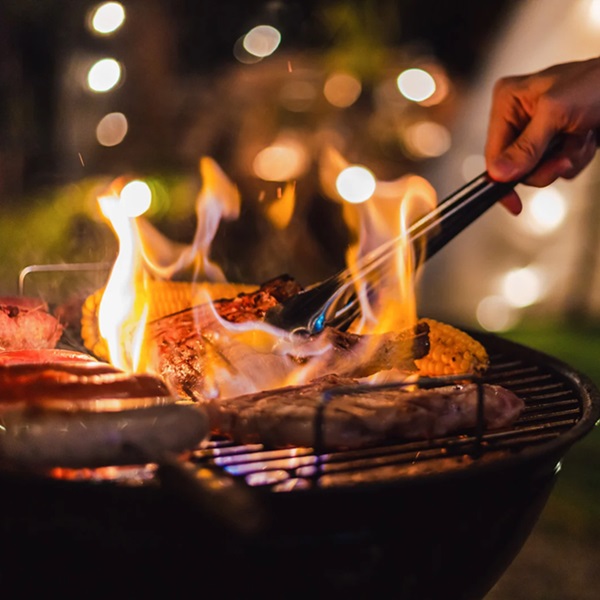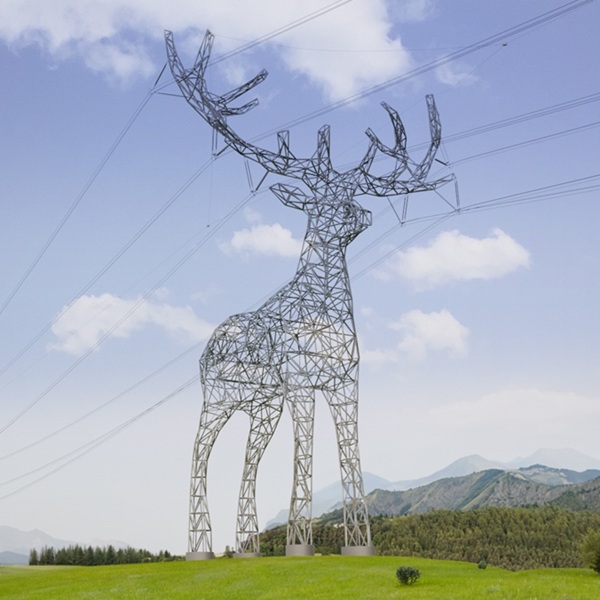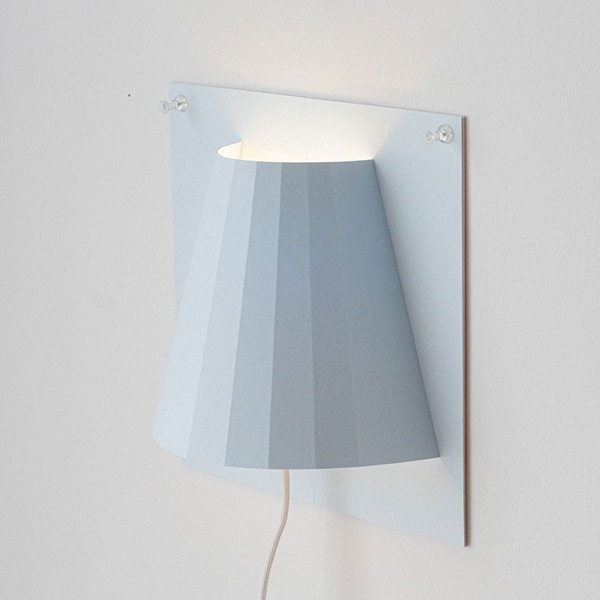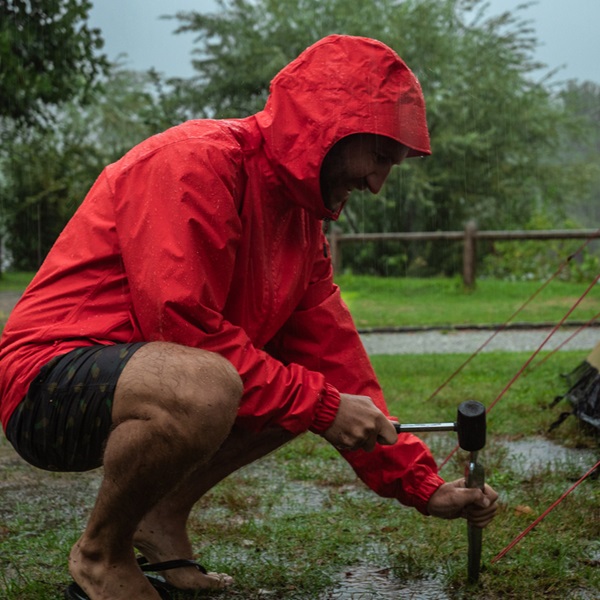
Camping is one of the most beloved ways to connect with nature. However, in summer, with warm, dry weather comes an increased risk of wildfires. Therefore, summer fire safety is an essential part of any camping trip.
In this context, we aim to guide you to understand and practice how summer campfire safety is critical. By taking a few simple precautions, you can protect yourself, your fellow campers, and the environment.
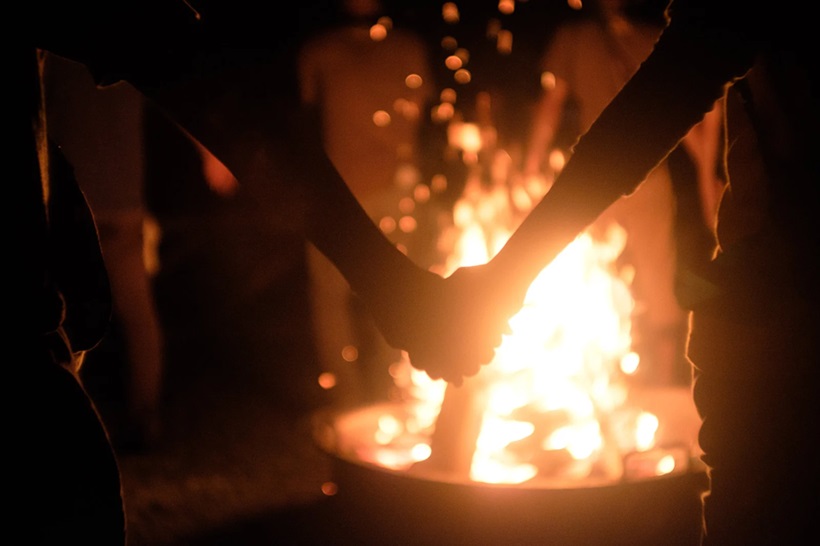
Global Statistics on Summer Fires
In the United States, nearly 85% of wildfires in the U.S. are caused by human activity, with campfires being one of the leading culprits during summer months.
Data from the Bushfire and Natural Hazards CRC in Australia reveals that over 30% of summer bushfires in recreational areas are linked to improperly managed campfires.
Parks Canada reports that an average of 4,000 wildfires occur annually, with a significant increase in summer, and over 50% are human-caused—camping fires included.
The European Forest Fire Information System (EFFIS) shows that southern European countries like Spain, Italy, and Greece face a surge in wildfire incidents in summer.
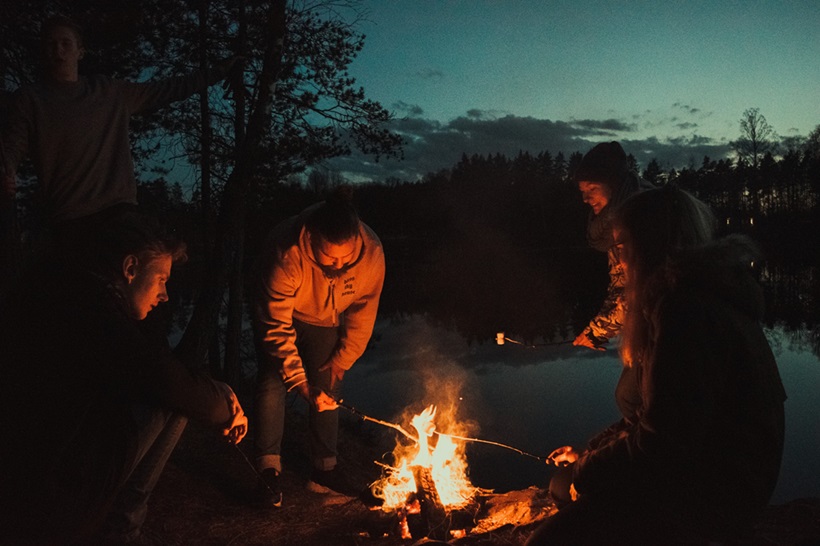
Statistics from the South African Weather Service show that fire incidents double during the dry season, with unattended camping fires posing a growing concern in nature reserves.
Statistics from the South African Weather Service show that fire incidents double during the dry season, with unattended camping fires posing a growing concern in nature reserves.
The Global Wildfire Information System reports that human-related fires—including those from camping—account for more than 60% of wildfires worldwide during summer.
10 Essential Fire Safety tips for Summer
Practicing fire safety tips during summer while camping is not just about avoiding fines or following rules. In fact, it is about protecting lives, forests, and wildlife. In this guide, we have collected 10 detailed fire safety tips to help you stay safe and responsible during your trip.

Choose a Safe Campsite
You should always check whether your chosen campsite allows open fires, especially during summer when fire bans are common. Many national parks and forests publish real-time updates on fire restrictions.
Additionally, opting for designated campgrounds with pre-built fire rings can significantly reduce fire risk. These spots are typically cleared of flammable debris and designed for safe use. When setting up, you should maintain a clear radius of at least 10 feet around the fire area, free of dry grass, twigs, or leaves.
Understand Local Fire Bans and Restrictions
You can reduce your risk of causing a wildfire by checking local fire danger ratings and regulations before heading out. Fire bans may prohibit campfires, portable stoves, or even smoking in certain areas during extreme conditions.
Many regions provide this information online or via signage at park entrances. It is also helpful to carry a fire-safe cooking alternative like a gas stove with a shut-off valve if open flames are prohibited.
Build Your Fire the Right Way
You should build campfires in designated fire rings or pits, ideally located away from overhanging branches, dry brush, or tents. Clear all combustible material within a 10-foot diameter.
A safe fire structure includes a small pile of kindling arranged in a teepee or log cabin shape for controlled burning. Additionally, you should avoid using flammable liquids like gasoline to start fires—natural fire starters or firelighters are much safer. Lastly, keep fires manageable in size, and never leave them unattended.
Keep Fire-Extinguishing Tools Within Reach
You can enhance fire safety by keeping water, a shovel, and a bucket of sand or dirt nearby at all times. For example, a collapsible bucket is a compact option that fits easily in any camping gear. Having these items close makes it easier to respond quickly if sparks spread. A fire extinguisher rated for outdoor use can also be valuable, especially when using portable stoves or grills.
Monitor Weather Conditions Closely
You should pay attention to daily weather forecasts, particularly wind speeds and humidity levels. Because windy conditions can cause embers to travel long distances and ignite dry vegetation, even when a fire seems under control.
Furthermore, a sudden gust can quickly turn a safe fire into a dangerous one. Low humidity also contributes to highly flammable conditions, making extra caution necessary. Weather apps, campground notice boards, and ranger stations often provide the most updated information. If conditions become too risky, skipping the campfire entirely is often the wisest decision to maintain summer fire safety while camping.
Supervise Your Campfire at All Times
You can significantly reduce fire risks by keeping your campfire under constant supervision. In addition, fires should never be left burning unattended, even for a short walk or a nap.
Children and pets should stay a safe distance from the flames, and one adult should always remain within arm’s reach of the fire. When it is time for bed or if you are leaving the site, the fire must be completely extinguished.
Because continuous monitoring helps you react quickly to any shifting winds, flying embers, or falling debris—minimizing the chances of a wildfire breaking out from your campsite.
Learn the Proper Way to Extinguish a Fire
When putting out your campfire, you should follow a thorough process. First, let the fire burn down to ashes. Then, slowly pour water over the embers while stirring with a stick or shovel. Be sure to soak every part of the fire bed, including any remaining wood.
If water is not available, dirt or sand can be used. But it must be mixed well with the coals until everything is cool to the touch. Never leave until all parts of the fire are cold. Proper extinguishing is one of the most critical summer fire safety practices while camping.
Use Fire-Safe Cooking Equipment
As safer alternatives to open-flame cooking, you can opt for propane or butane stoves. These devices are easier to control and often come with built-in safety features such as automatic shut-offs and wind guards. Look for gear labeled as fire-rated or approved for outdoor use. Set up your cooking station on a flat, non-flammable surface like gravel or bare earth, away from tents and trees.
Lastly, avoid cooking during windy weather, and always keep extinguishing tools close by. Responsible use of cooking gear reduces the chance of accidental sparks that can ignite a fire.
Store Flammable Materials Properly
You should keep items like lighter fluid, propane canisters, and matches in tightly sealed containers stored away from the fire pit and direct sunlight. A lockable, hard-shell storage box can add an extra layer of protection. Keep this container at least 10 feet from your tent and cooking area. Never leave these materials lying around or near heat sources. Even a small leak can lead to ignition under the hot summer sun. By storing fire-starting supplies responsibly, you help prevent unintentional fires and create a much safer environment for everyone at the campsite.
Educate Everyone in Your Group
You can promote group-wide summer fire safety by ensuring everyone understands how to build, manage, and extinguish fires responsibly. Go over campsite rules and demonstrate how to use fire equipment before the fire is started. Assign clear responsibilities—like who supervises the fire, who manages cooking gear, and who ensures extinguishing tools are always on hand. Involving everyone, including children, in age-appropriate ways helps foster shared responsibility. When each camper knows the importance of fire safety and how to act accordingly, your entire group becomes better prepared to prevent accidents and protect the natural environment.

